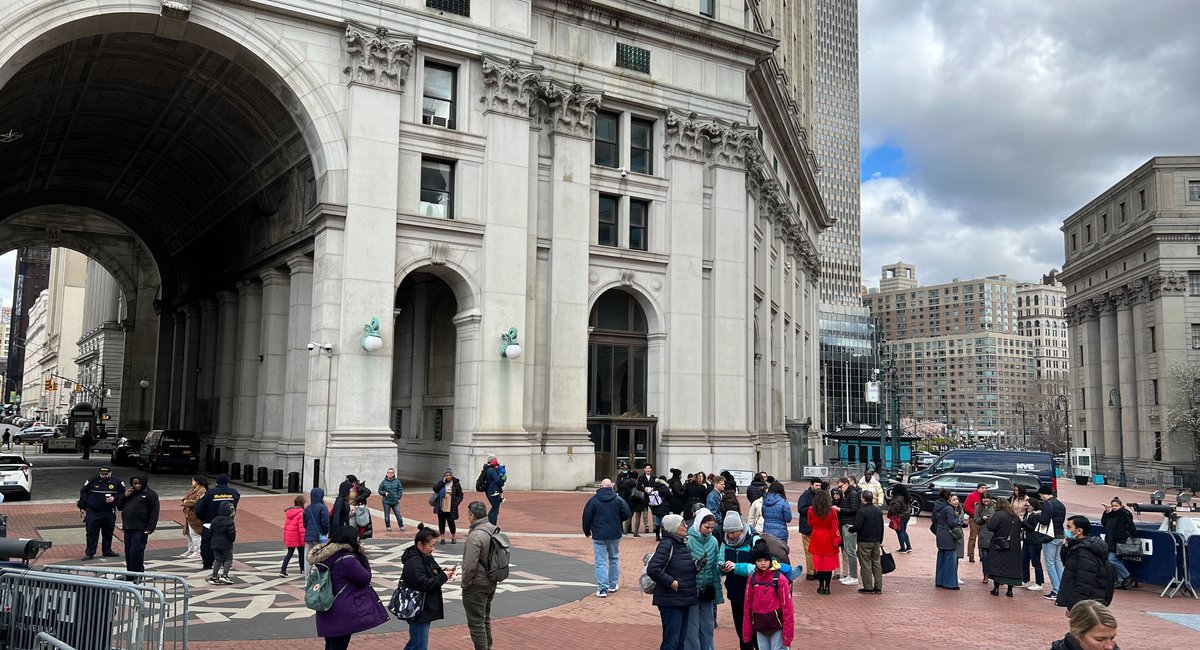The earthquake that shook the New York City area on Friday morning may be the largest ever recorded in the region using seismographs, which measure seismic waves from the Earth’s movement, according to early reactions from geologists and historical data.
“We had big ones that are estimated to be bigger than this, but the last one we had was in 1884 before we had any seismographs,” Rutgers University geology professor Alexander Gates said on the “Brian Lehrer Show” in the wake of the earthquake. “So this is the first one this big that we can actually capture on seismographs.”
Friday’s quake has been estimated at a magnitude of 4.7, with its epicenter in northwestern New Jersey. To put the recent tremors into context, Gates said that “killer earthquakes are something above a 7.”
And although it’s uncommon to feel an earthquake in New York or New Jersey, they are actually a frequent occurrence in the region, according to John Mutter, a Columbia University professor of earth and environmental sciences who studies seismology.
“We don’t feel them because they’re usually much deeper in the Earth’s crust,” Mutter explained. He said Friday’s earthquake appeared to originate less than five kilometers below the Earth’s surface, whereas most take place 10 to 30 kilometers down.
New York and New Jersey are located along the Ramapo Fault, a fissure in the Earth’s surface that Mutter said was much more tectonically active about 200 million years ago, meaning the earthquakes back then were much larger.
As of midday Friday, the U.S. Geological Survey had reported one small aftershock a few miles southeast of the original epicenter. Scientists said late Friday morning that there’s about a 50% chance of minor aftershocks in the next week, but added that it’s very unlikely that any aftershocks will exceed the magnitude of the initial quake.
This is based on preliminary data from the USGS and is subject to change.
Read the full article here

Leave a Reply